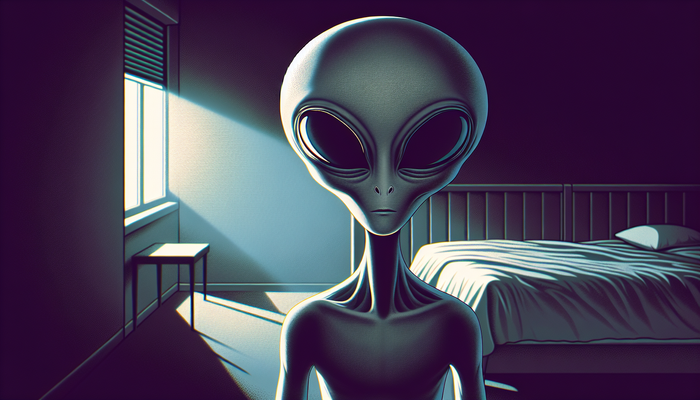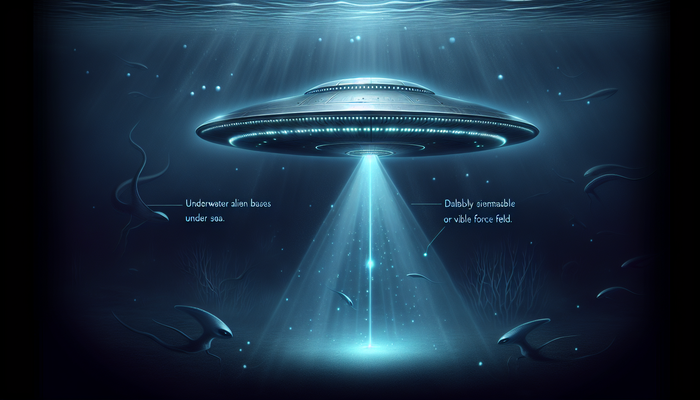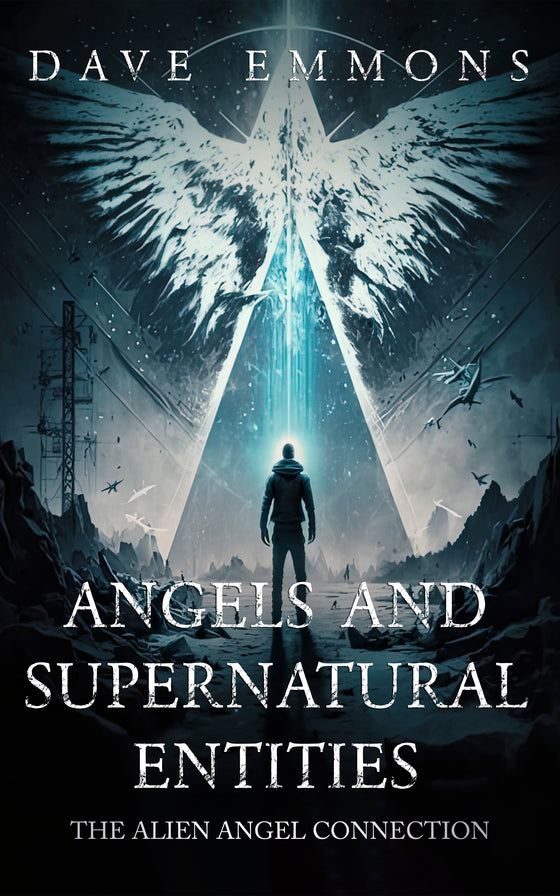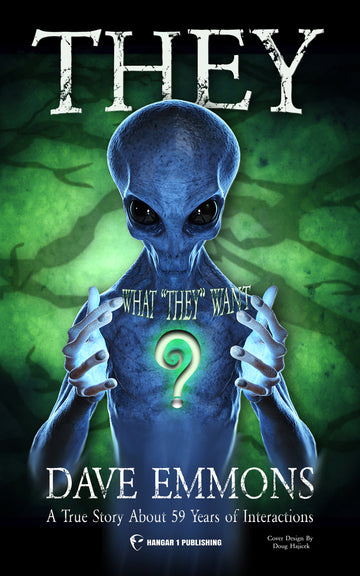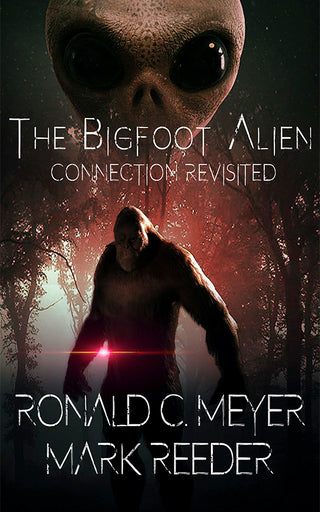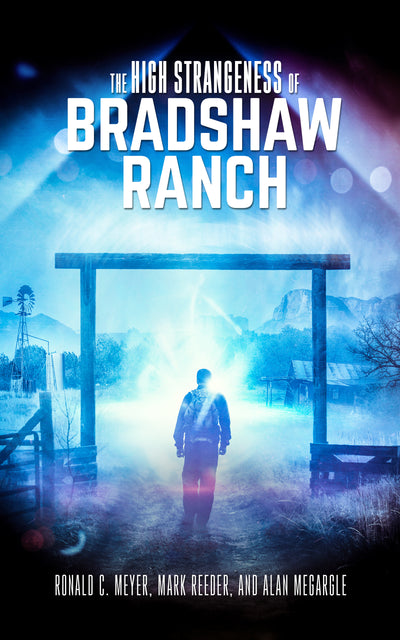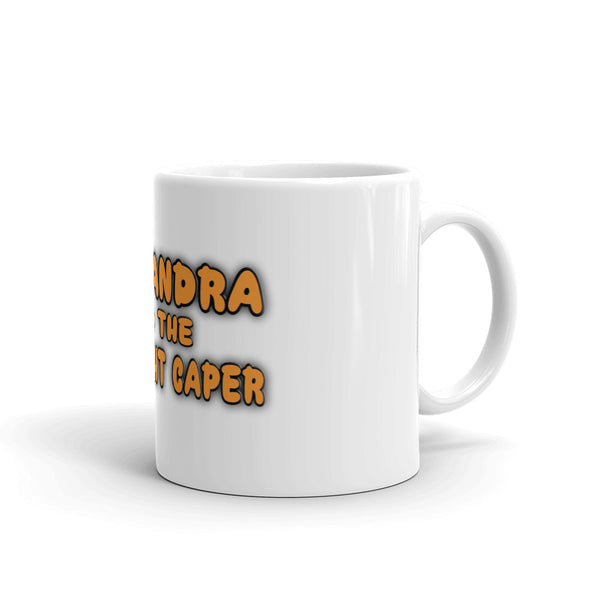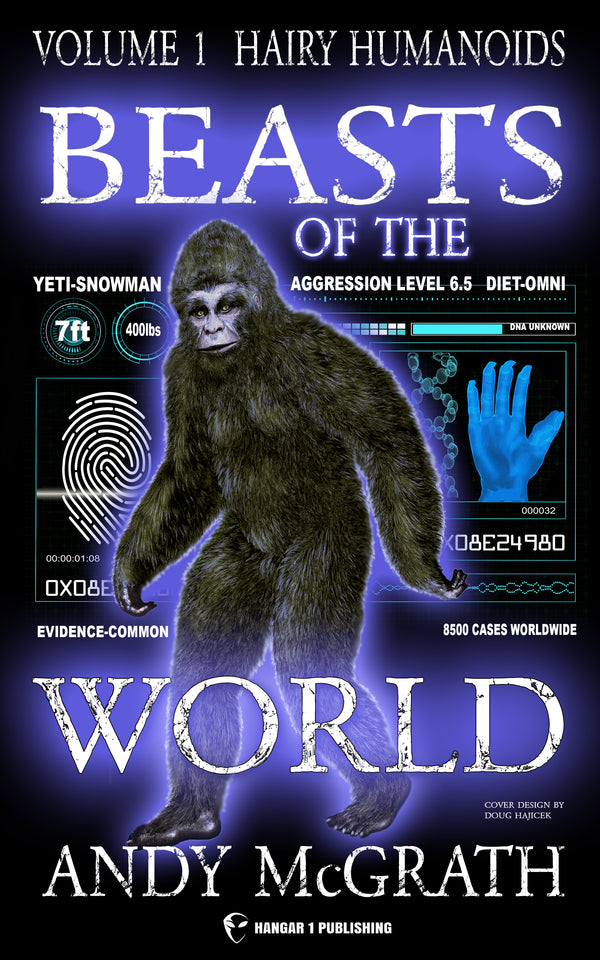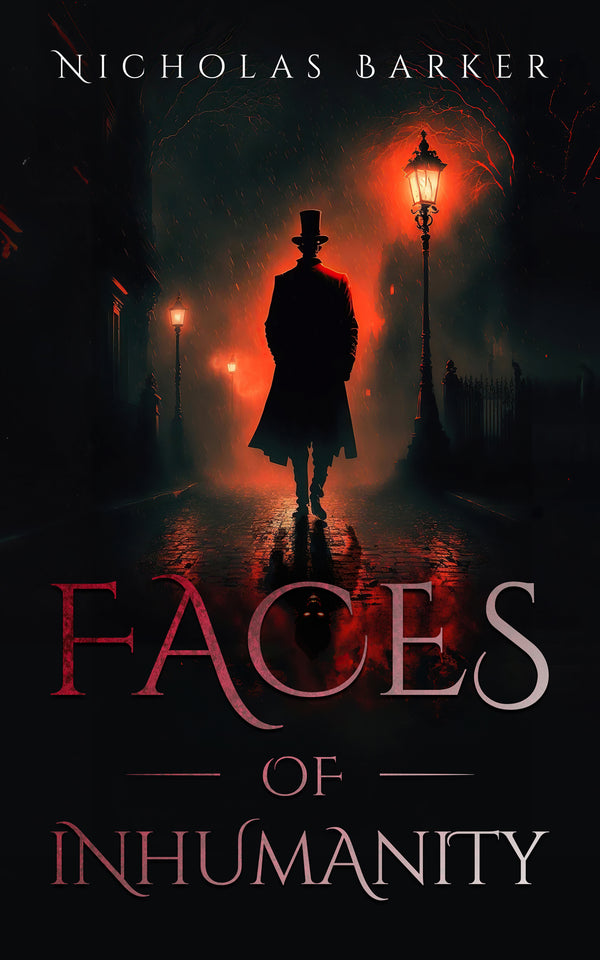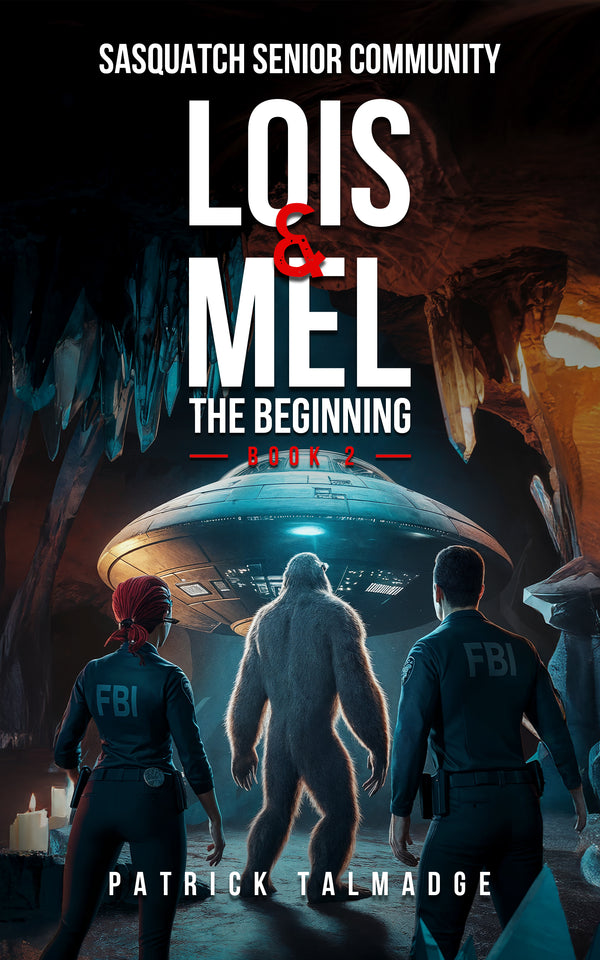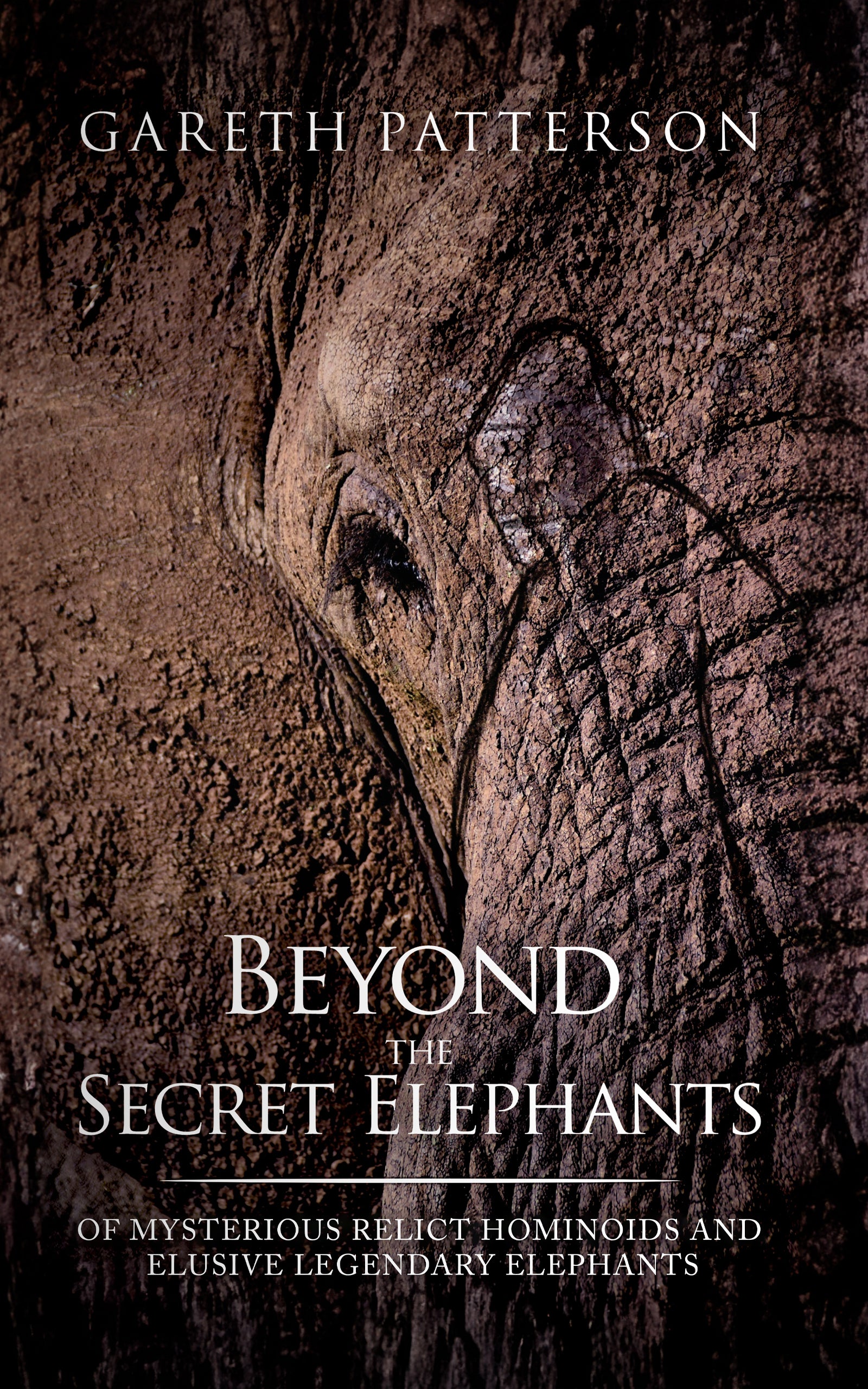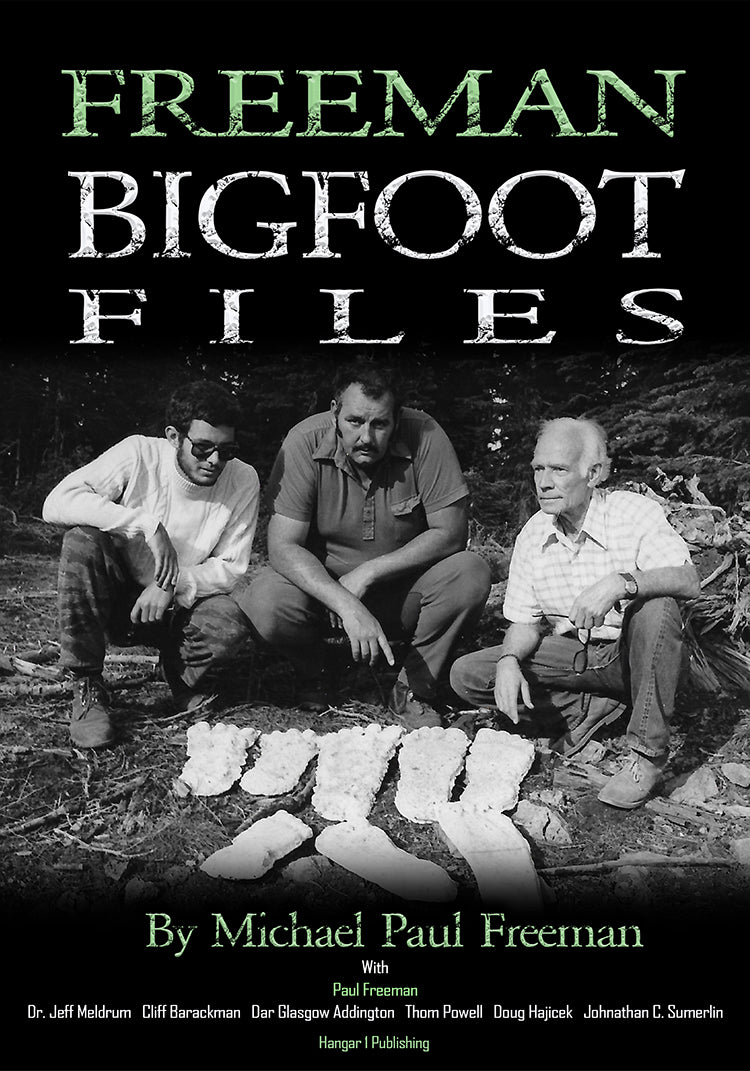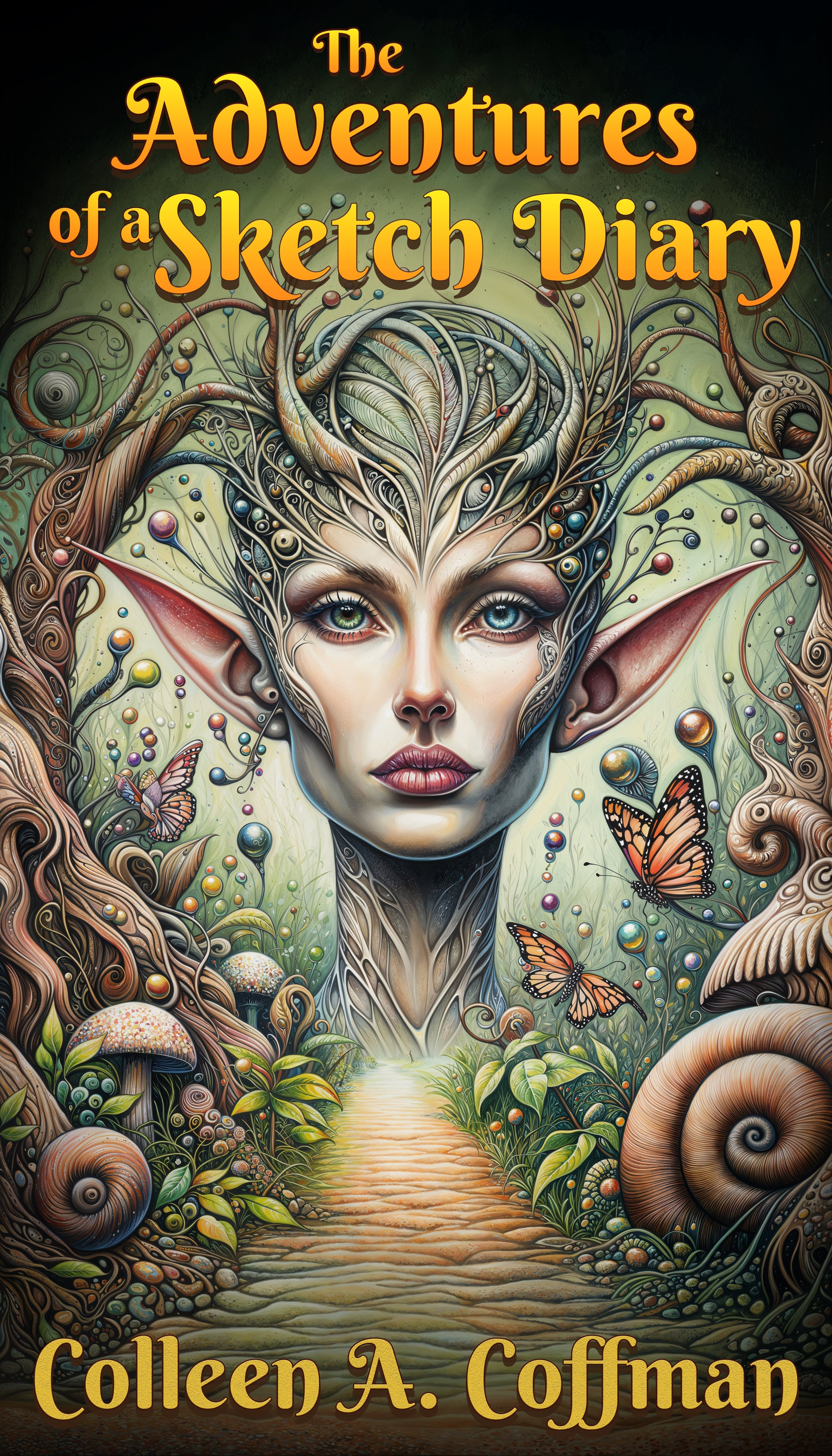Indigo Children: Extraterrestrial Souls or Misunderstood Kids?

By Malcolm Blackwood, Ufologist
I've spent three decades digging through government documents and FOIA requests about unexplained phenomena. But nothing prepared me for the rabbit hole I fell into when I started looking at the Indigo Children concept. What began as a New Age idea about kids with special auras has morphed into something that intersects directly with extraterrestrial contact narratives.
Here's what the paper trail actually shows.
Where This All Started
The story begins with Nancy Ann Tappe, a parapsychologist who claimed she could see colored auras around people. In the 1970s, she started noticing something different: children surrounded by a deep indigo blue. She published her observations in 1982 in a book called Understanding Your Life Through Color.
The concept stayed pretty niche until 1999, when Lee Carroll and Jan Tober published The Indigo Children: The New Kids Have Arrived. That's when things exploded. The book framed these kids as spiritually advanced beings here to challenge corrupt systems and evolve humanity.
By the mid-2000s, you had documentaries, news segments on ABC and CNN, and a growing community of parents who identified their children this way. But what caught my attention was how quickly the narrative shifted from auras to something more concrete: extraterrestrial origins.
The Starseed Connection
Here's where it gets interesting for anyone researching contact phenomena. The Indigo Children concept didn't stay in the New Age wellness space. It merged with what's called Starseed theory, which claims certain souls originated on other planets or dimensions and incarnated on Earth with specific missions.
Some researchers in this field go even further. Ashayana Deane's work defines Indigos as an "ET-Human-Hybrid race from the future" carrying dormant 12-Strand DNA from an ancient Oraphim lineage that combines Lyran and Sirian genetics. Whether you buy that or not, it represents a documented belief system linking human evolution to extraterrestrial intervention.
Dr. Richard Boylan, a researcher who worked with children claiming ET contact, explicitly connected "Star Kids" to the Indigo phenomenon. He viewed them as possessing both human and extraterrestrial DNA and consciousness.
Contact Researcher Perspectives
Australian researcher Mary Rodwell has documented over 3,000 cases of individuals, including children, reporting contact experiences. These "Star Children" often exhibit abilities post-contact: speaking non-human languages, drawing complex star maps, demonstrating telepathic abilities.
At conferences like the International UFO Congress, Rodwell presents case studies of children describing genetic upgrades and producing symbolic art after alleged contact events. One 8-year-old described being "downloaded with knowledge bombs". These accounts, whether literal or metaphorical, represent a consistent pattern in the contact experiencer community.
What People Actually Claim
The traits attributed to Indigo Children create a specific profile. They're described as strong-willed, resistant to authority, and frustrated by rigid systems. They feel like outsiders. They report heightened intuition, empathy, and a sense of having a mission on Earth.
But here's the problem: these same traits overlap significantly with ADHD symptoms. Mental health professionals worry that labeling a child "Indigo" can delay proper diagnosis and treatment. Psychologist David Cohen noted that parents naturally prefer the idea of a "gifted" child over one with a disorder.
That said, a 2011 study found something interesting: parents who identified their ADHD-diagnosed children as Indigos reported fewer negative experiences and held more positive outlooks for their kids' futures. The label functioned as a beneficial coping framework, regardless of its scientific validity.
Crystal and Rainbow Children
The narrative expanded beyond Indigos. Authors like Doreen Virtue introduced sequential waves: Crystal Children (born 1990s-2010s) as gentle healers, and Rainbow Children (2000s-present) as pure souls with no Earth karma.
Each group supposedly has distinct traits and missions. Indigos break down old systems. Crystals build new ones based on love. Rainbows embody humanity's divine potential. Whether these categories reflect genuine differences or evolving belief systems depends on your perspective.
The Science Problem
Let me be clear: no peer-reviewed research validates Indigo Children as a distinct category. The concept falls apart under scrutiny. The trait lists are so broad that most people can identify with them, a phenomenon called the Barnum-Forer effect.
Technologies like Kirlian photography, used to "photograph" indigo auras, don't actually capture biofields. Scientific analysis shows these images are corona discharges influenced by moisture and pressure, not some mystical energy.
But here's where it gets complicated: research on psi abilities like telepathy has produced small but statistically significant effects over decades of ganzfeld experiments. The effect sizes are controversial and debated, but they exist in the published literature.
So we're left with this: the aura stuff doesn't hold water, the trait lists are too vague to be useful, but claims of heightened intuition might have some testable basis, even if it's contentious.
Global Variants
This isn't just an American phenomenon. In Russia, the concept of "Дети индиго" gained traction through cases like Boriska Kipriyanovich, the "Indigo boy from Mars," who claimed memories of a past life on a war-torn Mars and a mission to prevent Earth's nuclear catastrophe.
In Latin America, particularly Mexico and Argentina, the "niños índigo" narrative blends with local spiritual beliefs about reincarnation and psychic abilities. In Brazil, the concept integrates with Kardecist Spiritism, creating a framework where extraterrestrial influence occurs through reincarnation of advanced ET souls.
India's version intersects with Hindu beliefs in avatars and the chakra system, mapping the indigo aura to the third-eye Ajna chakra. Each culture adapts the core concept to fit existing spiritual frameworks.
The Online Community
Digital spaces are where this narrative really lives now. On Reddit's r/Starseeds, people discuss their feelings of alienation and cosmic origins. TikTok hashtags like #indigochild have billions of views.
The discourse follows predictable patterns: identity formation ("I finally understand why I've always felt different"), mission orientation ("I'm here to create change"), conflict with institutions ("Schools never understood me"), and extraterrestrial heritage ("I've always known I wasn't from here").
These online communities provide powerful support networks for people who feel marginalized or misunderstood. Whether the underlying claims are true becomes almost secondary to the community's function as a space for validation and connection.
Education and Institutional Friction
Many families identifying with the Indigo concept end up pursuing alternative education paths: Montessori, Waldorf, homeschooling. The reasoning makes sense if you accept the premise. If these kids are wired differently and resist traditional authority structures, conventional schools become a poor fit.
Research on Montessori education shows better social and academic outcomes compared to traditional methods for certain children. Whether that's because they're "Indigos" or simply because the approach works better for kids with specific learning styles is another question.
For families staying in traditional schools, IEP and 504 plans provide legal frameworks for accommodations. Organizations like URBAN INDIGO help navigate these processes, focusing on the child's needs regardless of the spiritual framework the family uses to understand them.
Health Claims and Regulatory Concerns
Here's where things get legally dicey. The Indigo community often makes claims about heightened sensitivities to chemicals, EMF, dietary factors, and sensory inputs. Recommendations include strict "low-toxin" protocols, EMF protectors, and specialized diets.
The problem: the FTC requires competent and reliable scientific evidence for health claims, especially those targeting children. Many "detox" and "protection" products marketed to address these sensitivities have faced regulatory action.
The WHO acknowledges that people report symptoms from EMF exposure but states that EHS is not a medical diagnosis and it's unclear symptoms are caused by EMF. Meanwhile, research on maternal chemical intolerance shows potential links to ADHD and autism risk in offspring, lending some plausibility to sensitivity claims.
The regulatory landscape is harsh. The FTC has taken action against psychic services, autism "cures," and chelation products. The "Miss Cleo" case resulted in $500 million in forgiven consumer charges. Publishers discussing Indigo health claims need clear disclaimers and careful language to avoid legal exposure.
What We Can Actually Test
Despite the pseudoscientific baggage, some aspects of this phenomenon could be studied rigorously. You could design experiments comparing self-identified Indigo adolescents to controls on measures of sensory processing sensitivity, creative thinking, and executive function.
Lab-based studies could examine physiological reactivity patterns using EEG, heart rate variability, and cortisol response. Longitudinal research could track how the Indigo identity shapes development from adolescence into adulthood.
The challenge is recruitment bias and demand characteristics. People who self-identify as Indigos are already invested in the concept. Separating genuine differences from expectation effects requires careful experimental design.
But here's what makes me cautious about dismissing this entirely: the contact experiencer community reports consistent patterns across decades and cultures. Whether those patterns reflect literal ET interaction, altered states of consciousness, or something else entirely, they represent a phenomenon worth serious inquiry.
Ethical Considerations
Anyone writing about this topic, especially involving children, needs to follow trauma-informed guidelines. That means informed consent from guardians and assent from minors, protecting privacy and anonymity, and providing referral resources for mental health support.
The Children's Online Privacy Protection Act governs online collection of information from children under 13. Content must include clear disclaimers that it's not medical advice.
The Society of Professional Journalists emphasizes minimizing harm while reporting. That means balancing public interest against potential discomfort to subjects and treating sources with respect and compassion.
My Take After 30 Years
Look, I deal in documents and verifiable facts. The Indigo Children concept originated as Nancy Ann Tappe's subjective observations about auras. It gained cultural traction through books that blended parenting advice with New Age spirituality. It evolved to include explicit extraterrestrial origin claims that resonate with contact experiencer narratives.
The science doesn't support the specific claims about indigo auras or supernatural abilities. The overlap with ADHD is real and concerning from a child welfare perspective. The trait lists are too vague to be diagnostic.
But three things give me pause:
First, the sheer consistency of reports across cultures and decades. Whether it's Mary Rodwell's 3,000+ documented cases of contact experiencers or Dolores Cannon's "Three Waves of Volunteers" derived from hypnotic regression, patterns emerge that can't be dismissed simply as mass delusion.
Second, the psychological benefit for families. If identifying a child as Indigo helps parents maintain a positive outlook and reduces family stress, that has real-world value, even if the underlying metaphysics are questionable.
Third, the unanswered questions about consciousness and human potential. We don't fully understand intuition, empathy, or what we call "psi phenomena." The small but persistent effect sizes in ganzfeld experiments suggest something worth investigating, even if it makes mainstream scientists uncomfortable.
The Indigo Children phenomenon sits at the intersection of belief, experience, and institutional resistance to non-mainstream ideas. It's a cultural movement that provides meaning and community for people who feel different. It connects personal identity to cosmic narratives about human evolution and extraterrestrial contact.
Is it literally true that some kids are hybrid ET souls with indigo auras? I haven't seen evidence that would convince a skeptical researcher. But the phenomenon represents something real in how people experience and interpret their lives, their children's gifts and struggles, and humanity's place in a potentially populated universe.
That's worth documenting, even if we can't prove the extraordinary claims at its core.
From Bigfoot to UFOs: Hangar 1 Publishing Has You Covered!
Explore Untold Stories: Venture into the world of UFOs, cryptids, Bigfoot, and beyond. Every story is a journey into the extraordinary.
Immersive Book Technology: Experience real videos, sights, and sounds within our books. Its not just reading; its an adventure.


